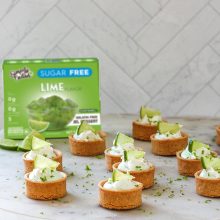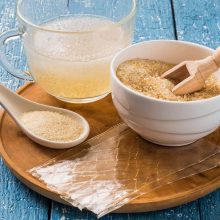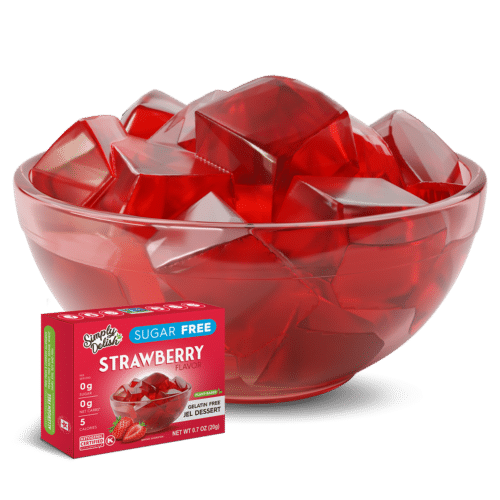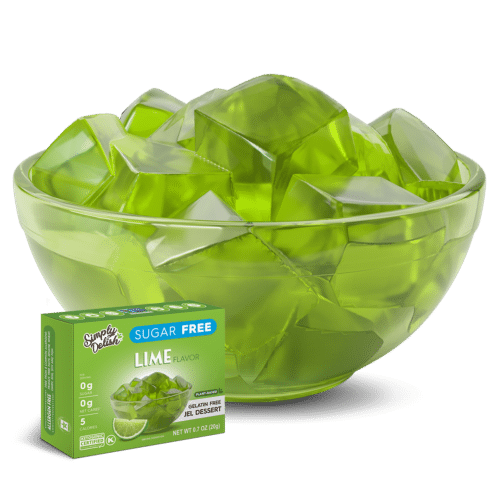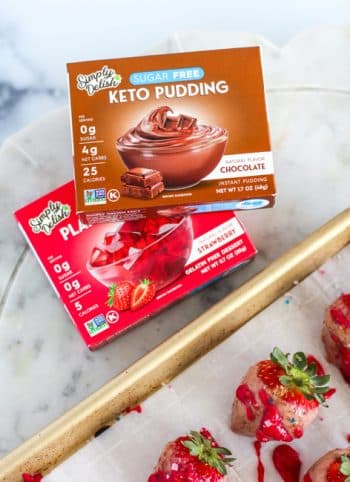
In his 35 years in the food business, Pamensky has traveled the world, helping to launch many innovative food products. But in 2011, he was looking for a delicious dessert that was also sugar free — and he couldn’t find what he wanted in the U.S.
“If you go to the U.K. or South Africa or Australia, sugar-free products are in abundance,” Pamensky says. “You can find them in CVS, Rite Aid, even regular supermarkets. Here, they’re tough to find, even though we have 80 million people who are diabetic.
There are very few products for diabetics or people who have allergen issues.”
Simply Delish first introduced its powered products — plant-based jel desserts and instant puddings in a range of flavors — in Whole Foods and Sprouts. Its distribution has since grown to include 1,750 Kroger stores along with thousands of independent health food and natural food stores and retailers across the U.S. as well as in Canada, Australia, New Zealand, and the Middle East.
Recently, the company launched the world’s first Ketogenic certified ready-to-eat pudding cups in Costco. The process required six months of development trials and another six months “looking at Costco’s requirements.” Pamensky says. “Then we presented it to Costco. Four months after that, we got our first order for stores in the Southeast U.S. region. Costco LA did a test as well. We’ve now got a repeat for Costco in the Southeast, and all the other divisions will probably come on board later in the year.”

Simply Delish utilizes co-packers for the manufacturing of its products. “Our secret is really in our formulation and the sourcing of raw materials,” Pamensky says. “All our manufacturers are doing is blending the products according to our formulation and packaging them. We also work with brokers for national sales, third-party warehousing across the country, and a third-party fulfillment house.”
He notes that finding the right co-packer was challenging. “We needed a dedicated facility that could meet the standards that we needed to scale the business,” Pamensky continues. He adds that the company was lucky to find one that had machinery for manufacturing powdered products sitting dormant. “We were able to reignite this company and resurrect the equipment. We just keep scaling them and scaling them to keep up with production.”
Challenges: “Finding raw materials suppliers” in the current environment “is challenging,” Pamensky says. “I think 50 percent of all sunflower lecithin products were coming out of Ukraine and have been stopped. Supply issues in terms of sweeteners are also a huge problem. We fortunately contracted at the right time to get it, but you can have a purchase order on hand and still miss the boat. It’s first in and first out, and then you miss your production.”
Extended lead times on packaging is another issue. “It has gone from four weeks to 16 weeks,” Pamensky continues. “You have to keep more packaging on hand. We’ve ended up having to buy three or four months in advance to allow us to have a consistent supply.”
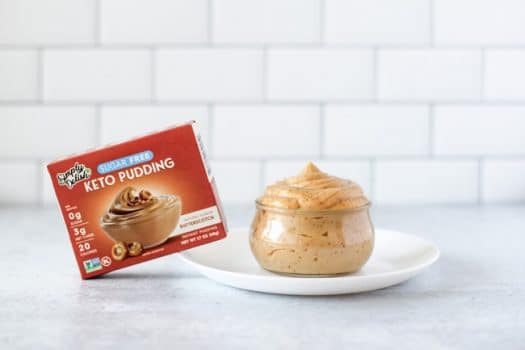
Opportunities: Pamensky notes that the company is already doing more than $10 million per year in sales and is angling to capture a larger portion of the powdered and ready-to-eat dessert market in the next two years. Of the newest ready-to-eat offering, he says, “We have a special product that can be enjoyed by a kid to adults. They can have something that’s really healthy and delicious without anything unnatural.”
There’s also plenty of room to expand the customer base for the company’s powdered products. “We’re looking at hospitals,” Pamensky says. Gelatin-based desserts are often served to hospital patients, but many consumers are moving to plant-based diets. “I think if anybody knew what gelatin really is, they probably wouldn’t have it in their food,” he adds. “It’s like taking everything you don’t want from an animal, crushing it up, and then using it as an ingredient. Our product is a solution to replace gelatin.”
Needs: “Getting a consistent supply of raw materials to keep our production running smoothly,” says Pamensky.







